Image


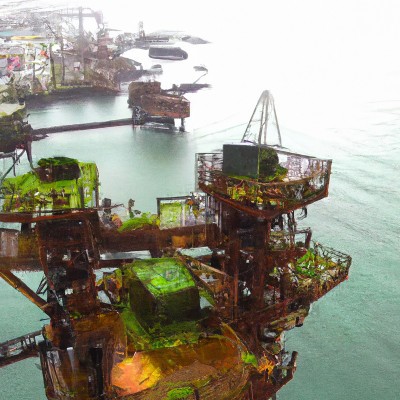

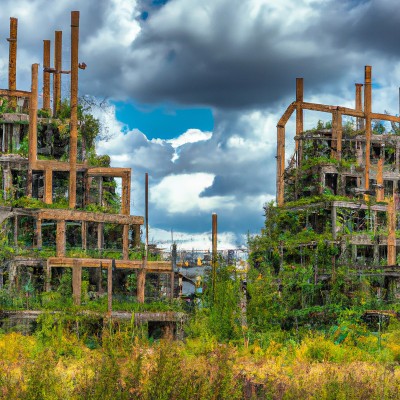
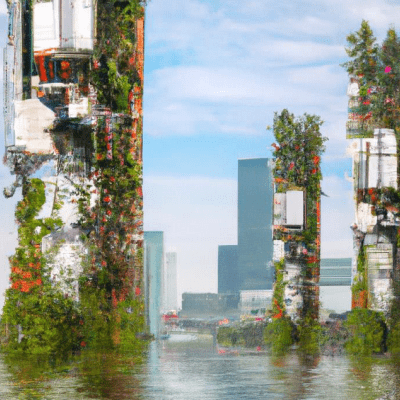

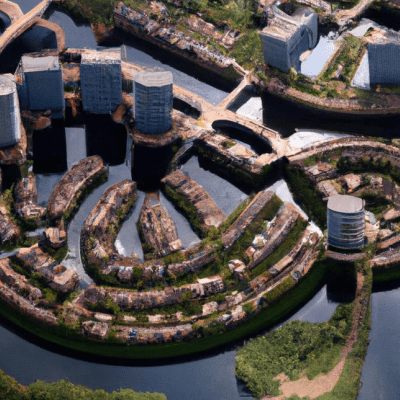

Terra Libera is a research assignment for Rijksmuseum Twenthe and Lectorate Theory in the Arts ArtEZ focussing the question: Who owns the land for the exhibition of the same name.

The project addresses the polycrisis that awaits the Netherlands now and in the coming decades: housing shortage, urgent CO2 reduction, energy crisis, and increasing tensions as a result of a fictional contrast between “city” and “rural,” and between citizens and stateless people.Terra Libera emphasizes the fact that biodiversity plays a role in the current political discourse in terms of nature conservation, but that the rights of the land itself are not recognised.
People- and industry-centric thinking denies that plants, animals and the ecosystems with which they are intertwined also have agency themselves, and should have political control over their conditions of existence. At the same time, the climate crisis only makes the country’s agency more visible: the consequences of the geological era that Françoise Vergès called the “racial
Capitalocene” is an intensification of storms, of warming and drought, of the forced migration of not only humans but also animals, plants and viruses. The agency of non-human subjects therefore only makes itself known more, as in the case of the global covid-19 pandemic. The colonial gaze that has made large parts of the world “Terra nullius” declared (no man’s land), is therefore vehemently contradicted, for the land itself speaks and acts. Human communities will therefore have to do more than combat climate change, but learn to change with the climate.
From 1956-74 artist Constant Nieuwenhuys worked on his famous New Babylon: a new post-urban structure consisting of a huge network of different sectors built on pillars that extend over the existing earth. In New Babylon, private property has been abolished and man has been declared “Homo Ludens” (playing man): man who devotes himself to serious play and leads a nomadic existence stripped of capitalist accumulation. Technology would liberate man from labor in New Babylon, and play – the free collective development of humanity – would take center stage in place of labour. Constant’s drawings, paintings, models and texts are now often labeled as “utopian,” but given the polycrisis we now have to relate to, she is, in many ways beyond her original intention, actually a realistic alternative. The mythical Dutch “battle against the water” will be won by the water. The country will free itself from the extractivist industries that have led to its exhaustion. A life above and in co-existence with the earth in the form of the post-urban transnational commune of New Babylon is a real response to Terra Libera: the liberation of the land by the land. In this process, a fundamental truth becomes visible again: we can appropriate land, but the land belongs to no one but itself. Climate crisis disastrously turns that truth into reality, forcing us to change with the climate. New Babylon offers an unexpected – and partly unintentional – form for this transformation process.

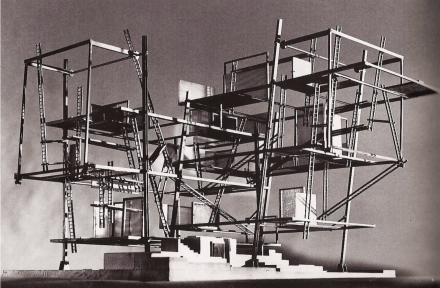
The New New Babylon project takes the liberated country as its starting point. We are in an indefinite moment in the future. The Netherlands has largely been flooded, and New Babylon has been realized from the remains of cities and industries as New New Babylon. Not as a completely new construction, but composed of the ruins of a world based on infinite economic growth. Former flats, church towers, oil rigs and wind turbines are now the pillars that connect the sectors of New New Babylon. Sea containers are no longer transported, but have themselves been converted into residential sectors for habitation and transition connections. Agriculture no longer manifests itself horizontally as a colonizer of the landscape, but vertically along the pillars of the post-urban transnational commune. Roofs of sectors form widespread patterns of solar panels for energy production. The country has liberated itself, forcing the human community to free itself from the system that made the country unlivable. The solarpunk commune of New New Babylon has had to break old dichotomies: those between man and nature, between city and countryside, between private and public property.
But how does New New Babylon operate? How does New New Babylon guarantee collective food security, energy democracy, health and communal governance? And how does it go beyond climate adaptation, but is it committed to climate transformation? These questions are central to the artistic research that will lead to the realization of a short documentary video and video artwork, with a focus on the East Netherlands as a case study: a region that experienced a large-scale rise of (textile) industry in the past and where the labor movement gained in strength, and which has to reinvent itself politically, economically and spatially in the 21st century.


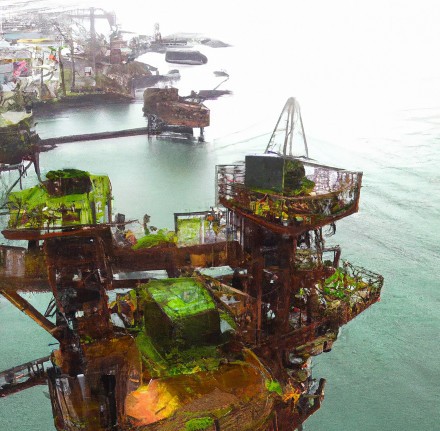
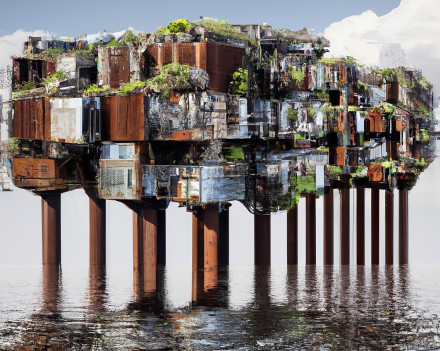
The form of New Babylon follows a trajectory of artistic research that will translate into a two-channel video installation. The first video takes on a documentary form, and consists of conversations with various experts from the (East) Netherlands who – surrounded by Constant’s original studies of New Babylon – speculate about the future of their specialization. Farmers, administrators, district cooperatives, technologists, sustainability specialists: they share their vision of the future of their knowledge and skills for a future in which New New Babylon has become reality. A second video shows a three-dimensional model in which we move over the flooded (East) Dutch landscape, from which New New Babylon rises. In this model we see the feedback of the various experts materialized. What is speculation in the first video is depicted as potential future in the second video. What manifests as artistic research in the first video becomes imagination in the second video.
If you want to read more about Terra Libera or Jonas Staal, click the related items below.